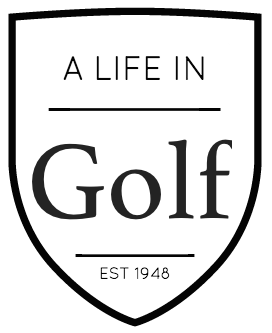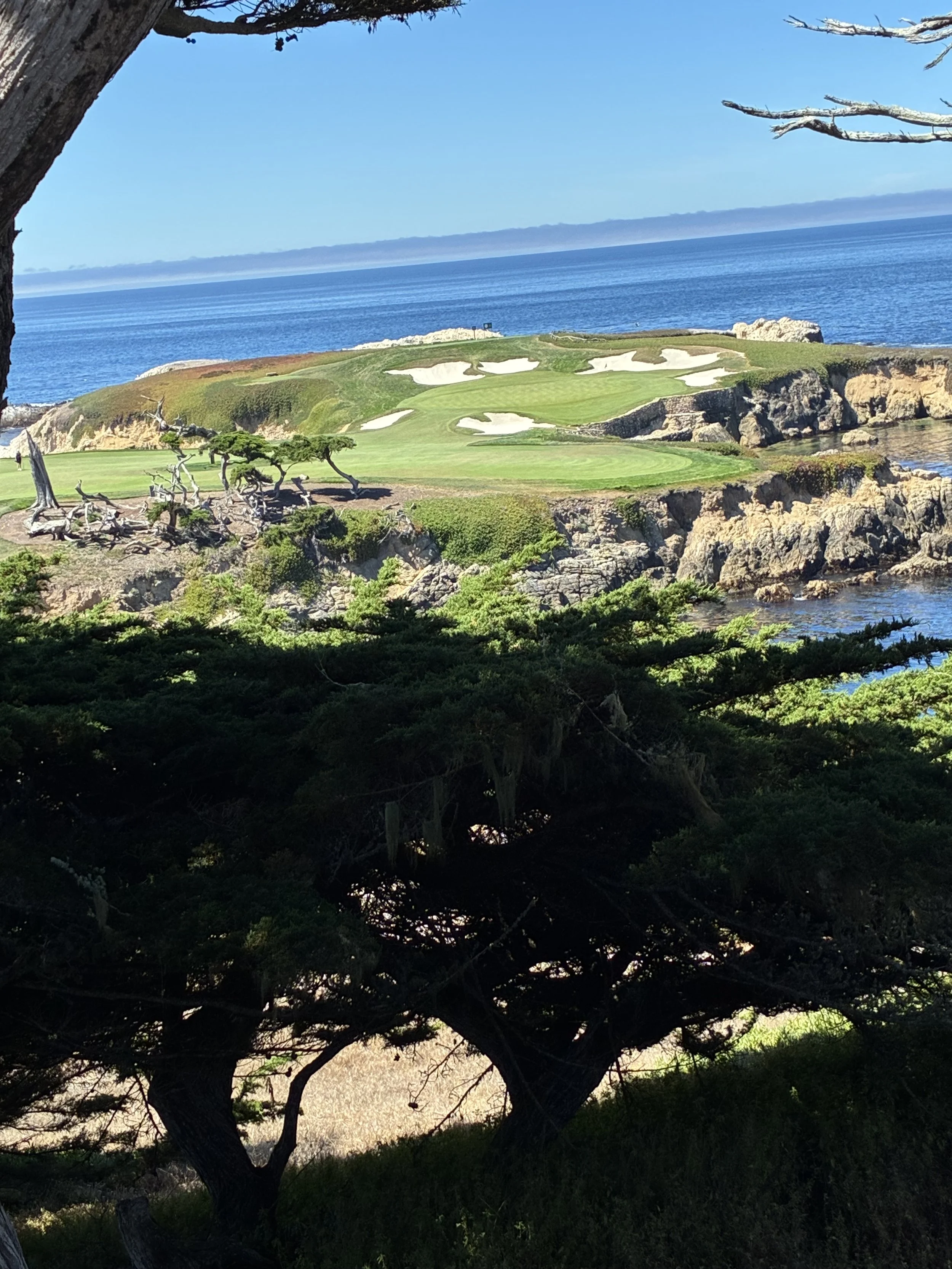What Happened To Arron Oberholser
Arron Oberholser
It was May of 2007 at the PGA Tour’s Byron Nelson Memorial Tournament late on Friday afternoon. Thirty five year old tour star Arron Oberholser had hooked his drive on the 18th hole, the ball bounding down a steep embankment. Standing at the ball well above his feet, he took a healthy slash. The thick grass grabbed and abruptly stopped his club, causing a jolt of pain in his left wrist. Shortly the pain subsided, he completed the round, hit a few practice balls, and successfully played the weekend.
Arron Oberholser was riding high. He was the 22rd ranked player in the world, had won the 2006 At&T Pebble Beach Tournament and shot 60 at the Byron Nelson Tournament in 2006. He was in the prime of a career that seemed to have no ceiling.
Oberholser grew up in San Jose, CA at Crystal Springs Golf Club, a public course. His mother would drop him at the course every day, with enough money for a bag of practice balls and lunch. He was 13.
“As a kid all I wanted to do was play golf,” said the friendly, open, Arron. “It was pretty boring just hitting golf balls, chipping and putting. I would sneak out on the back side after about 2:00.” Of course he got caught. However the owner gave him a break. At age 14 Arron was hired to pick up balls on the practice range. It would allow him access to playing.
He went on to attend San Jose State University where in his junior year he won six college tournaments, and a total of nine in his college career. In 1999 he played the Canadian Tour, then the Nationwide Tour (now the Korn Ferry Tour) earning status on the PGA Tour for the 2003 season. He played the PGA Tour, with his break out year coming in 2006. Entering the 2007 season he had high expectations, as one of the top players on the PGA Tour.
A few weeks later he was at the US Open at Oakmont. “I got in the long rough a couple of times and the wrist would ache when I hit the shot. So after the US Open I had an MRI, but it showed nothing wrong.”
“I went to The Open at Carnoustie. The fourth round the weather was brutal, cold, wind, rain. I played pretty well, but my wrist ached like crazy. I got back to the states and it felt better, so I didn’t go to a doctor. When the weather was warm, there was no pain,” Arron said.
He played well the balance of the year including a fourth place finish in the PGA at Southern Hills in Tulsa. “It was 110 on the heat index every round. I had no pain.”
“Two weeks later was the start of the Fed Ex Cup. I finished 20th and second the first two tournaments. The third leg at Cog Hill it was really starting to hurt. On the first day I hit a shot against the lip of a bunker. I hit the shot, crashed into the lip and immediately dropped. I was done and withdrew. After going to several doctors and having a CT scan, it was determined he had broken his hamate bone in his left wrist, located at the base of the hand opposite the thumb..
“I went to a doctor who had done many surgeries on baseball players with the same injury. I think I came back too early for a left hand injury.
“I had problems with it in 2008 and I only played 10 events, but I did play The Masters. I was watching Arnold Palmer putt when he asked if my hand still hurt. He said I needed to go see his guy, Dr Graham. He did surgery, but it still bothered me.”
2009 drifted into 2010 with the wrist still bothering him. “I went to a doctor in New York recommended by Jim Furyk. He operated and make the comment, ‘You only have so many shots left in that wrist.’ I can do a certain amount of work, then have to rest it a week or two. It’s impossible to get your game into the level it takes to play the PGA Tour.”
“By this time I had all kinds of physical problems. I had played a lot of soccer as a kid and my hip was bothering me. I needed a full hip reconstruction.” Then because he was on crutches following hip surgery, he further damaged his wrist and need another surgery, his fourth surgery on his hand.
He had not swung a club in a year and a half, midway through 2011. “It was a brutal climb back to get my game to come back in 2012. I was 37 years old, but convinced I could do it.”
“By then I had a two and a half year old and six month old sons. My body was semi willing and half my brain wanted to do it. I loved playing the tour, but I didn’t love it the way I used to love it. It’s weird what happens to your brain when you can’t do what you used to be able to do.”
Arron’s attempted comeback was frustrated by missing cuts. His wrist was still not right. He decided to go to the four tournament Korn Ferry qualifying school, to improve his status on the PGA Tour, in the fall of 2013. After finishing second in the first tournament he arrived at the second event in Columbus, Ohio. “The bones at the base of the wrist were so sore it caused an arthritic type feeling. I could not grip the club. I had to withdraw. I knew I was done.”
“I got an assignment on the Golf Channel to cover the 2014 AT&T at Pebble Beach in the booth. They put together a nice piece on my winning in 2006, with videos of my play. When they came to me on air for a reaction, I completely lost it, broke down. I thought I was over not being out there. I wasn’t. I was still in the locker room. I was still a player.”
Arron paused. “There will always be a missing piece. There is nothing like the PGA Tour. All I ever wanted to do was play golf. I only got five years. My plan was to play until 45, then wait for the Champions Tour. It never crossed my mind that I would be done at 32.”
“From 2014-2017 I was angry. I could tell because on the air I took it out on the players if they did dumb things. I went through the stages of grief: denial, anger, bargaining, depression, acceptance.” He now talks easily about what he has gone through. “I now have a level of acceptance. There is a greater importance to other things in life. I want to do the best I can at what I do. Life is great.”
“I spend 25 weeks a year working on the Golf Channel.” He is both in the broadcast booth and on course. “They seem to like what I do.”
Now age 50, living in Scottsdale, Arron is married to Angie Rizzo, an LPGA professional and former Minnesota State Women’s Open Champion. They have two boys, 13 and 15. “My oldest plays golf, but is really into football. My youngest plays baseball,” Arron said.
Fate is sometimes cruel. Arron Oberholzer might have become a household name in golf. Sadly for his competitive golf career, life went in a different direction. However, Arron has made a successful pivot shaping a full and satisfying life in A Life In Golf.




